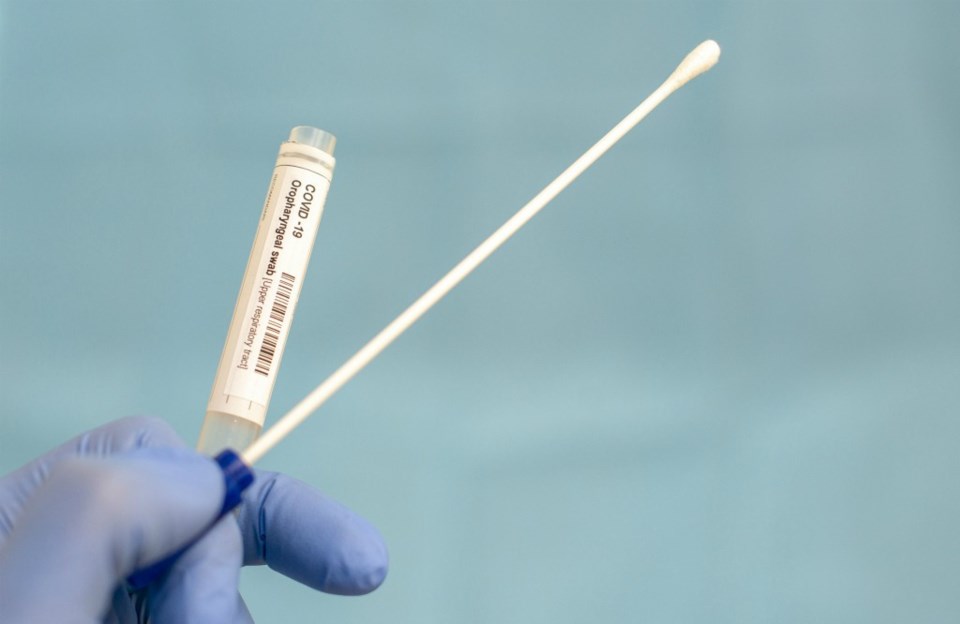Government must develop the capacity to diagnose promptly everyone who has COVID-19 and trace all those in contact with them, whatever the cost.
Fail to do so and we will be back in lockdown. COVID case numbers are rising in Ontario. Long line-ups are snaking around testing centres. People are worried that they are asymptomatic carriers of the virus.
On August 11, New Zealand Prime Minister Jacinda Ardern activated the country’s outbreak plan. It followed the confirmation of four new cases of COVID-19.
In Auckland, there was to be no face-to-face retail shopping, no school attendance and no gatherings until contact tracing had finished. To ensure that the infection did not spread beyond the city, there was a ring of police imposed around Auckland.
What a disappointment after 102 days without community transmission. Life had returned to normal as people attended rugby games at packed stadiums and sat down in bars and restaurants without fear of getting infected.
The outbreak occurred in Auckland, the country’s capital city. Over 60 cases were identified with contact tracing: in stores, six schools and four churches. The primary source of the infections remained unknown.
Hong Kong has also confirmed new cases of COVID-19. A high percentage of these infections also had no identified sources. Closure of more than 10 types of businesses followed. Voluntary mass testing of citizens for coronavirus began on September 1. The intent was to find the asymptomatic patients and minimize the next virus wave.
In Ontario, we were often below 100 new daily cases in August. Unfortunately, case numbers have now risen to over 400 per day. There have been some new cases reported recently in Sudbury.
Sudbury immunologist Dr. Alain Simard believes there are far more people in the Sudbury area infected with the coronavirus than we know about. He said the number could be as many as 10 times more than the official numbers.
Dr. Isaac Boguch, a clinical investigator in infectious diseases at the University of Toronto, noted that many countries which had been successful managing the pandemic – Japan, Germany, Australia, New Zealand, South Korea, Israel – have since had outbreaks. All of these countries have re-imposed public-health restrictions.
A large cluster of infections totalling hundreds of cases in Melbourne, Australia’s second-largest city forced authorities to impose a night curfew, tighten restrictions on people’s daily movements and order large parts of the state economy to close.
No wonder New Zealand and Hong Kong have acted forcefully when their outbreaks were still small and manageable.
The mass testing of citizens has indeed become necessary to find the asymptomatic carriers of the virus in the community. Schools must really begin testing students and teachers repeatedly. Ditto for repeated testing of individuals in high-risk occupations and living or working in long-term care facilities.
There is considerable ongoing research on modes of testing. Over 100 studies are in progress. Researchers are examining tests that would provide the answer within 15 minutes as opposed to days.
The sooner you get the results back, the lower your chances of transmitting infection while awaiting test results.
China and Germany have begun pooling samples from five to 50 different individuals and testing the combined sample.
By running a single diagnostic test for a group of samples, public-health units can save time, testing materials and money. It enables laboratories to test large numbers of people to help identify the individuals in the community who have no symptoms but are nevertheless infectious and can pass on the virus to others.
Using saliva instead of nasal swabs is under investigation. If effective, it would remove the discomfort of nasal swabbing, which remains a deterrent to testing for many individuals.
Health Canada is considering reviewing the effectiveness of home testing devices for screening purposes.
The present test in use in Ontario is not appropriate for widespread testing of individuals. The swab is invasive, it is expensive, and supplies have been in short supply from time to time. The results return too late.
The take-home message is that while we await the introduction of a proven, safe vaccine for COVID-19, and governments must invest big in testing. We very much need a reliable test that is easy to perform, cheap, yields rapid results and not so unpleasant as to be avoided by many people.
We must do everything possible to avoid the necessity of re-imposing restrictions on personal life and economic activity as in New Zealand, Hong Kong and Melbourne, whatever the cost of testing. A price worth paying as Ontario students return to school and COVID case numbers rise.
Dr. Peter Zalan is past president of the medical staff at Health Sciences North.
